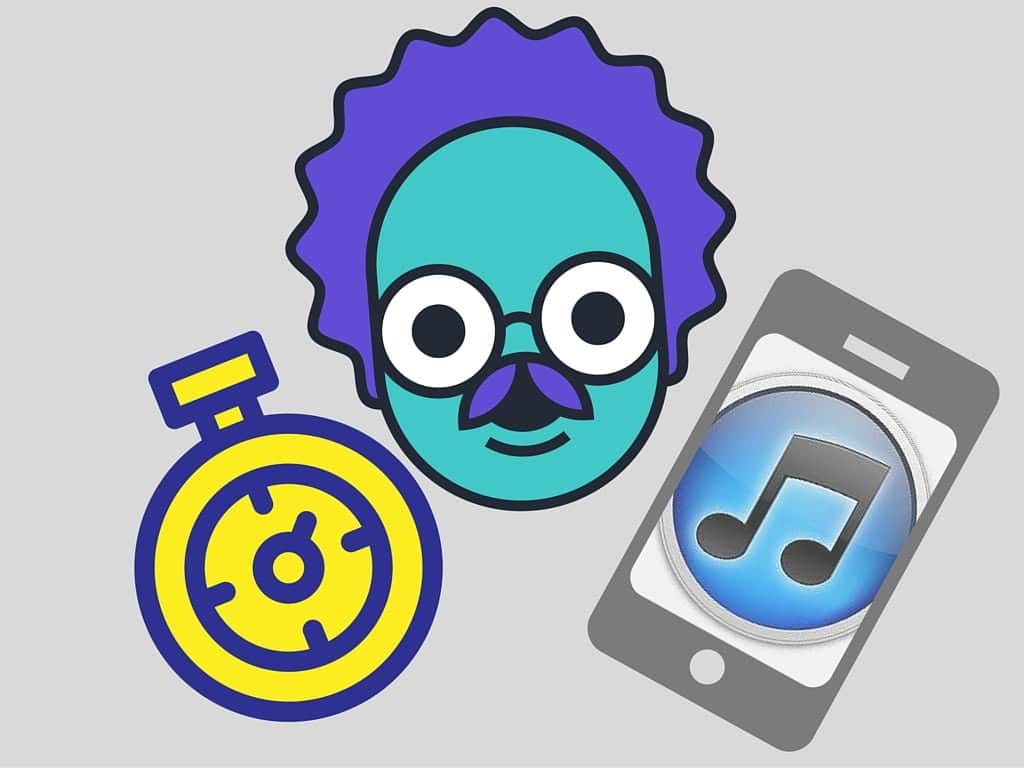One of my former communications colleagues in Switzerland always used to say “savoire-faire et faire-savoir”, meaning “know how and make known”. All too often, we don’t do this when it comes to our communications assets.
Strategic communications is about strategic dissemination. If you generate amazing media visibility, you need to communicate this to your audiences across all your different digital channels and marketing assets. You can’t assume your audiences will come across the press coverage by reading that particular news outlet on their own.
This applies for any communications initiative. On that note, here is an opportunity that I was thinking about the other day while I was waiting on hold with my website hosting company. In the background was the boring background music that we have all grown accustomed to listening to. Speaking to a colleague, we thought it would be much more interesting if we had the choice to instead listen to educational content about maintaining and securing a website, as opposed to this music that battles melatonin for sleep aid supremacy.
Actually, I am aware of some media companies that already do this. If you call Bloomberg and are waiting on hold, you will listen to the live broadcast of their programming.
A few disclaimers:
* The first priority is to provide a great customer experience and putting people on hold is an obvious inconvenience. So providing valuable podcast content as opposed to music is not an excuse to keep people on hold longer or not try to resolve hold times as a starting point. But potentially providing interesting content as opposed to boring music improves the overall experience.
** On the last point, the key words are “interesting content”. Don’t sell people your new products and services but personify content marketing: providing content that educates and informs a targeted audience.
*** In the end, we all like choices. So maybe some people would prefer music, while another person might prefer content on one particular subject, while another person would like to hear something else. Just as I can download the podcast content of my choice through iTunes, why not give people similar choices when they are on hold. So for example here could be the recording and options provided to me by the website hosting company:
Your hold time will be approximately 8 minutes. We understand nobody likes to wait on hold. We don’t enjoy it either! To provide you with an opportunity to make the most use of this time, please consider the following options:
* Press 1 to listen to classical music.
* Press 2 to listen to our podcast interview with a website security expert.
* Press 3 to listen to our podcast interview on how to make your website visually appealing.
* Press 4 for silence.
* Press 5 if you prefer not to wait on hold and would prefer for us to call you back.
You get the point.
This podcast example applies to other forms of integrating content into customer experiences. In a university context, reception areas, screens on campus, and “dead times” in between events are all opportunities to think about integrating different forms of content. Or think about when a student receives notice that he/she is accepted into a particular program. How about providing that individual with relevant content on how to prepare for the first year in the program, re-location tips to the city where the school is located, etc.
We all face the challenge of proving the ROI of our marketing / communications activities. We should of course be clear about defining objectives related to content initiatives. As part of this, the more we can connect content to particular functional areas – such as the customer experience – the easier it is to demonstrate impact.

